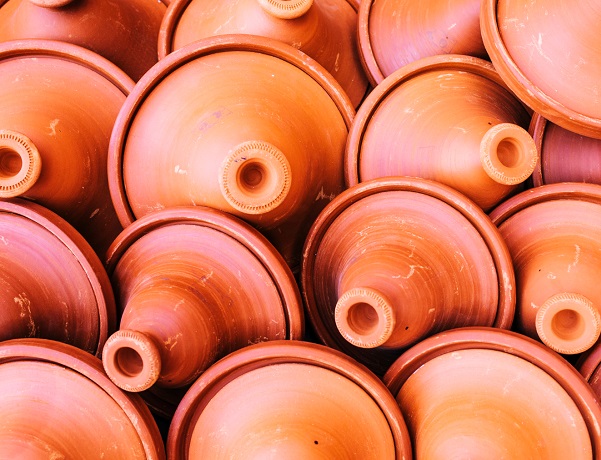
Back to the early history of mankind to the modern society, ceramics and glass are widely used in production and living.
Glass is a non-crystalline, often transparent amorphous solid, that has widespread practical, technological, and decorative use in, for example, window panes, tableware, and optics.
Ceramic material is an inorganic, non-metallic, often crystalline oxide, nitride, or carbide material. The mechanical and physical characteristics of ceramic materials can be manipulated by, among other things, selective adjustment of the microstructure.
To this day, ceramics have proven their worth in a multitude of applications. The automotive industry uses them, for example, as sparkplug insulators, rocker arm coatings, port liners in the hot area of the exhaust manifold and lightweight valves in the motor. Their electrically insulating, magnetic, dielectric, semiconducting, superconducting properties are used for the production of functional ceramics in the electrical industry.

